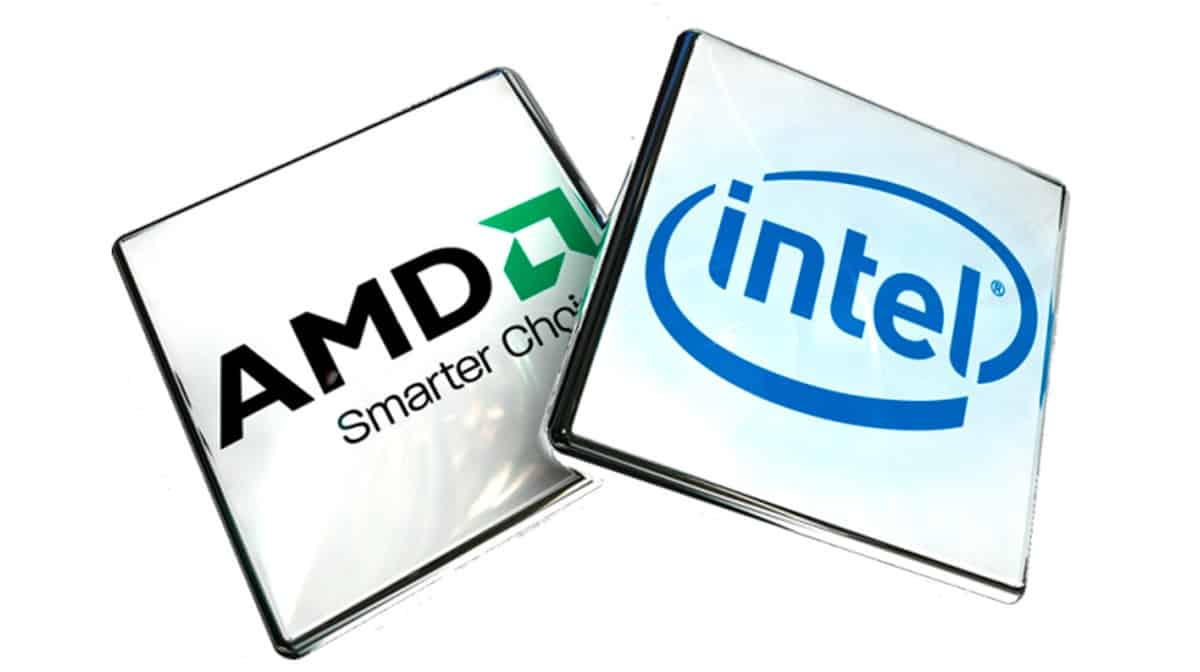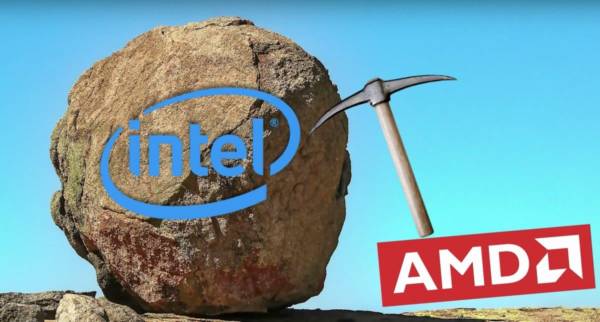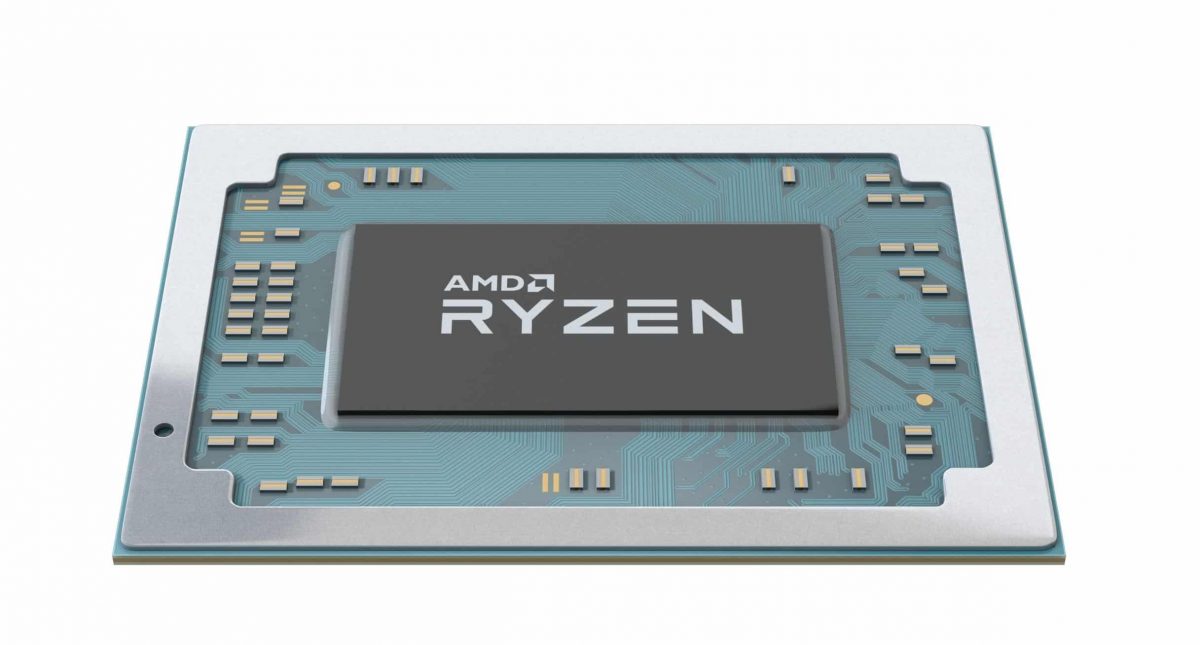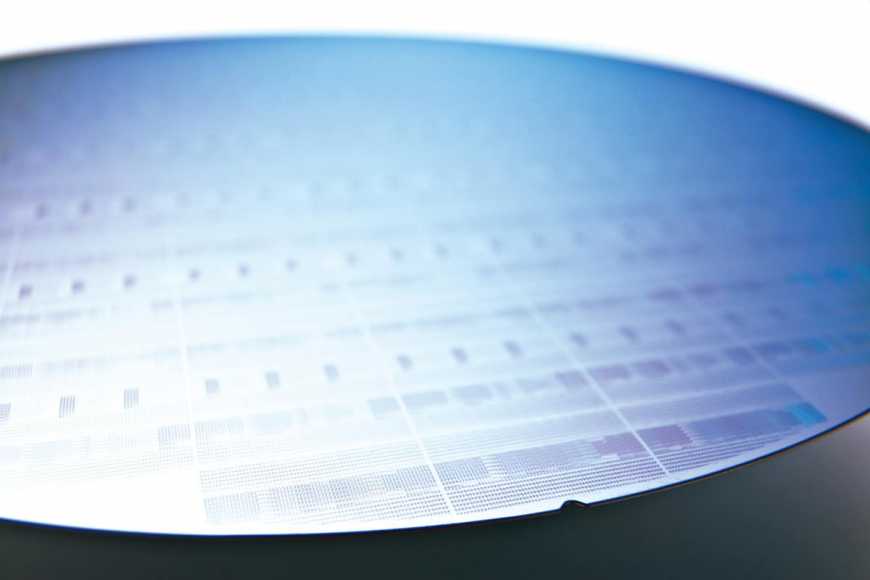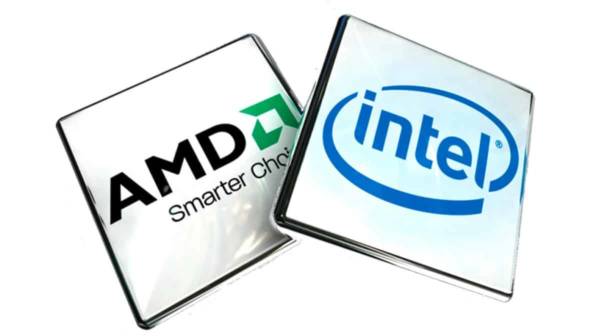Why is Intel having difficulty with AMD? – Do you still remember, about a little over 2 years ago, when AMD released its first Ryzen processors, based on Zen architecture? A time when many enthusiasts and experts, they asked themselves, if that would be a turning point … On the return of AMD!
But in truth, few believed it … After all, Intel was (and is) a gigantic company, it had a pretty big advantage in the IPC, and resources even say enough.
However, we are now in 2024, and apparently the saying “soft water in hard stone, both beats until it pierces” is really true! Intel is having difficulties with AMD, but why?
How did AMD become a threat to Intel?
If you do not know, AMD was forced to opt for a rather complicated strategy because of its financial difficulties.
Launching products with a great focus on performance/price, instead of betting on the development of new architectures. So for several years, the company was unable to compete in performance, both on the side of processors, and on the side of graphics cards. Significantly lowering the price of your products.
In contrast, Intel began to raise its prices, by not having any competition in the market! This, at the same time, began to disinvest in the development of new architectures. Betting only on small updates, with a small increase in performance or CPI between generations.
But all this has changed with the launch of the first AMD Ryzen processors
However, these processors were not able to compete ‘core vs. core’ with Intel’s processors. Here, the blue giant still had the throne of performance, and AMD knew it.
So, looking to the future, and to save money on research and development, AMD bet on a modular design. That could be stepped up super easy, and that in addition to development savings, also saved production, due to the use of chiplets, instead of creating more complex chips.
So it was here that we entered a war of cores and prices!
Something that Intel was not expecting! After all, as you know, up to the 7th generation Intel Core, the top-of-the-range processors only had 4 physical cores! So, when AMD enters the market, with super cheap processors, and an excellent multi-tasking … Consumers began to realize, that maybe, it was worth losing some performance, if that, could save some changes.
Thus, in the first generation, the Ryzen 1500X and 1600, were the processors in the market, that offered more performance, for every euro spent.
But calm … The success of AMD, is also due to a series of hazards, on the side of Intel! Notably, the delay in the process of 10nm, as well as the very recent vulnerabilities, which interestingly only affect the Intel Core processors.
But why does 10nm matter?
Very briefly, when we speak of ‘nm’ or nanometers, we are talking about the physical size of the transistors that constitute the ‘die’ of the processor. That is, the lower this number, in theory, the greater the performance and efficiency of the CPU.
That said, while AMD was able to move to ever-lower manufacturing processes, Intel continues at 14nm!
It is that AMD hires an outside company to manufacture its products, TSMC.
That in addition to producing AMD components, it also manufactures for Qualcomm, Huawei, Apple, etc … Already on the side of Intel, which has its own lines, the company is forced to bust itself.
But attention, in the case of Intel, the name of its processes, does not correspond well to the density of its products. The 10nm, in the background, may have a density greater than the 7nm of the TSMC.
What complicates the issue, because shrinking in this way is not easy … Therefore, Intel was forced to bet on its 14nm process, which has been in place since 2015! (That until now, only had some minor improvements)
But things do not stop here! Because of the difficulties at 10nm, Intel had to re-equip several lines, which were already ready for the new products, with 14nm equipment. This, in turn, caused the whole production of the company to fall, and in short, create several difficulties of stock in the market. (Especially in low range.)
Very briefly, while Intel tries to understand what’s going on with the 10nm process … Lost production power, at 14nm
What AMD took advantage of! To tap into the low-end market, where Intel failed, while focusing on products with higher margins.
Is it the end for Intel !?
Of course not! Intel is still the market leader with a huge margin. Also, if there’s something missing in the company’s coffers, it’s money to put up with, and go around.
This, not to mention the big bet in the graphics card market, which promises to bring innovation seriously for the segment. (Also with 4 GPUs? Yes, please!) In addition, it also seems to have learned the lesson with 10nm, betting on new manufacturing technologies for both 10nm and 7nm.
Finally, competition is what most is missing in the market! So it’s good that AMD gains strength, and Intel suffers a little. To have several options on the shelves at non-prohibitive prices.
